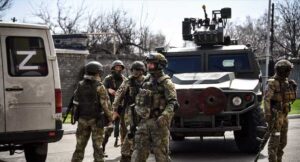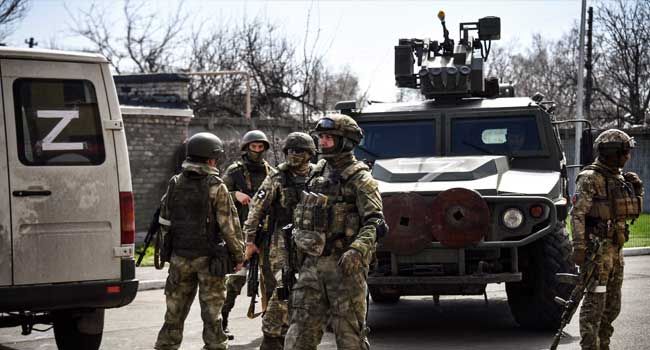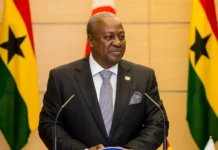The recent directive from President Vladimir Putin to conduct nuclear weapons drills involving the Russian military near Ukraine underscores a concerning escalation in nuclear rhetoric and military posturing by Russia. The decision to practice the preparation and use of non-strategic nuclear weapons, also known as tactical nuclear weapons, raises the stakes in the ongoing conflict in Ukraine. These weapons are specifically designed for battlefield use and can be deployed through missile systems.
The exercises, which will involve the navy, aircraft, and troops from the Southern Military District bordering Ukraine, are framed as defensive measures to safeguard Russia’s territorial integrity against perceived threats posed by certain Western officials. The timing of these drills amid the Ukraine conflict and amidst Putin’s warnings of the “real” risk of nuclear war in his recent national address amplifies concerns about the intentions and capabilities of the Russian military.

The decision to back out of arms reduction agreements and international treaties, such as the Comprehensive Nuclear Test Ban Treaty, further underscores Russia’s shift towards a more assertive nuclear posture. Western officials have expressed growing alarm over this escalation in nuclear rhetoric and actions by the Kremlin, with Putin frequently invoking Russia’s nuclear doctrine in justifying these moves.
In conclusion, the heightened nuclear drills and rhetoric by Russia signal a dangerous turning point in the geopolitical landscape, underscoring the urgent need for de-escalation measures and diplomatic efforts to prevent a further deterioration of tensions in the region.




